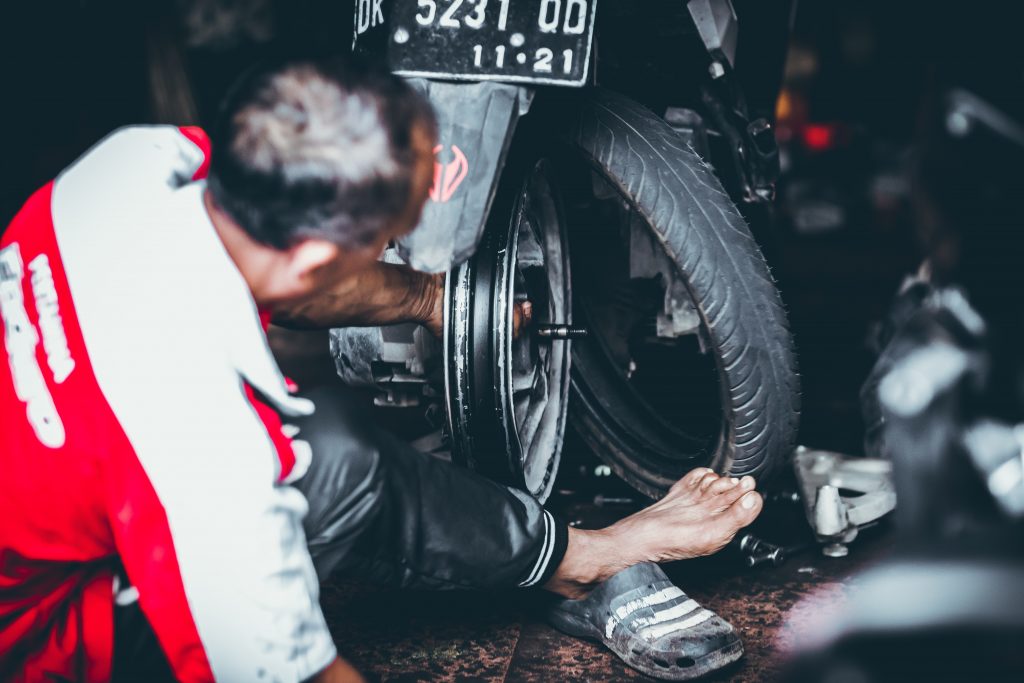In the current economic climate, many people are looking for ways to increase household income. The trading allowance may be particularly useful to employees who also have small part time earnings from self-employment as it enables them to receive tax-free income of up to £1,000 with no requirement to report it to HMRC.
The allowance has already proved very popular with individuals with casual or small part time earnings from self-employment, for example, people working in the ‘gig economy’ (Deliveroo workers and such like), or small scale self-employment such as online selling (maybe via eBay or similar). In broad terms, it means that:
- individuals with trading income of £1,000 or less in a tax year will not need to declare or pay tax on that income; and
- individuals with trading income of more than £1,000 can elect to calculate their profits by deducting the allowance from their income, instead of the actual allowable expenses.
There are a few practical implications of the allowance to note. For example, where actual expenses are less than £1,000, deducting the trading allowance will be beneficial, whereas if actual expenses are more than £1,000, deducting these expenses will give a lower profit figure, and ultimately a lower tax bill. In addition, where income is less than £1,000, but the individual makes a loss, an election for the allowance not to apply may be made. In this case, the loss in is dealt with in the usual way with the loss being carried forward against future property profit. The details will need to be declared on the tax return. This in turn, means that loss relief is not wasted.
Example – Income less than £1,000
Peter enjoys cycling and does all his own bike repairs. In his spare time he services bikes for friends and neighbours for a small fee. During the year 2019/20 he received income of £600 from this source, and his expenditure on bike parts was £150. As Peter’s trading income is less than £1,000, he does not need to report it to HMRC nor does he need to pay tax or national insurance contributions (NICs) on it.
Example – Income exceeding £1,000
Jane enjoys baking and makes celebration cakes to order in her spare time. In 2019/20, her income from cake sales was £1,600 and she incurred expenses of £400. As Jane’s expenditure is less than £1,000, she will be better off claiming the trading allowance. Her taxable profit will be £600 (£1,600 less the trading allowance of £1,000).
The trading allowance is available even if the individual has only traded for part of the tax year. For example, if trade started in February 2021, the individual would still be able to claim the full amount of the trading allowance of £1,000 as if they had been trading for the entire 2020/21 tax year.
Although the trading allowance may work well for many small scale traders, care must be taken where an individual’s main source of income is from self-employment and their secondary income is from a completely separate small scale business. HMRC will combine income from all trading and casual activities when considering whether the trading allowance applies. In this type of situation, where the allowance is claimed, the individual will not be able to claim for any expenditure, regardless of how many businesses they have and how much are the total business expenses.
Student loan repayments
A final point worth noting is that where an individual is claiming the trading allowance and they are also repaying a student loan, then the income used to calculate their student loan repayments will be the amount after the trading allowance has been deducted.

